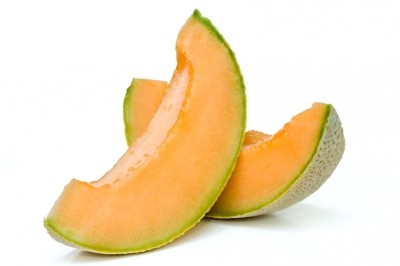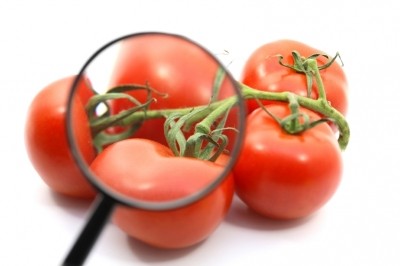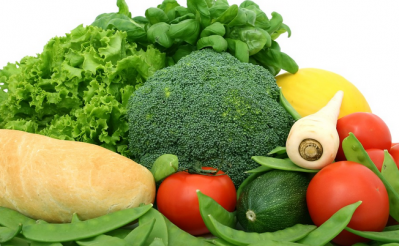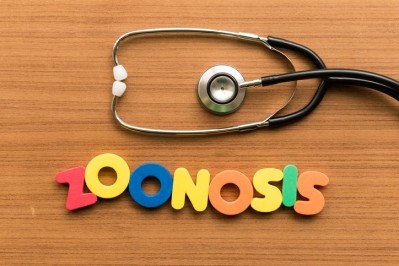PLUS: SA health say rockmelons are safe to eat again
PHE: More than 200 Cyclospora infections linked to Mexico
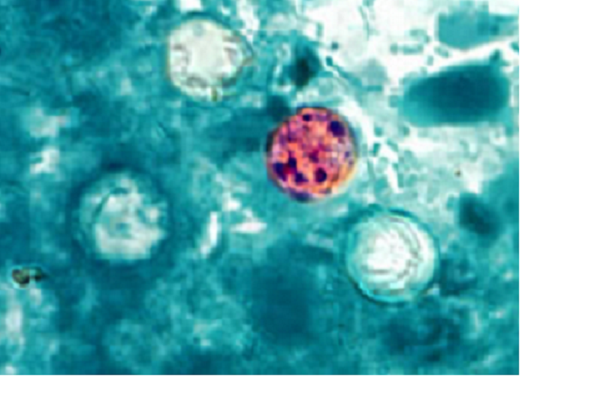
Public Health England (PHE) said 204 confirmed and probable cases have been reported since 1 June, of which 148 (73%) were associated with travel to Mexico (travel history is pending for 53 cases).
The Texas Department of State Health Services (DSHS) said 55 cases had been reported within the last month.
Although no common exposure source had yet been identified, past outbreaks in the US have been associated with eating imported fresh produce, including fresh cilantro, pre-packaged salad mix, raspberries, basil, snow peas, and mesclun lettuce.
PHE: Outbreak related to Mexico
PHE said cases had stayed at 24 different hotels and resorts in Mexico, but predominantly on the Riviera Maya coast.
Illnesses are equally distributed between males and females and the range of ages is 12-76.
UK public health authorities have shared information with their Mexican counterparts and the travel industry to support investigations in Mexico.
Foods previously involved in outbreaks include soft fruits, such as raspberries, and salad items such as coriander, basil and lettuce.
“There may be substantial under-ascertainment and reporting of cyclospora cases, because not all patients are tested, and not all positives are reported by laboratories,” said PHE.
“In addition, these organisms can be difficult to spot and recognise in unstained wet films or concentrates. Faecal samples can be examined using a wet preparation and concentration technique.”
Cyclospora cayetanensis is a parasite which causes an intestinal infection called cyclosporiasis.
Past outbreaks
A total of 79 cases were reported in UK travellers between 1 June and 22 September 2015.
The US Centers for Disease Control and Prevention (CDC) was notified of 546 illnesses with confirmed Cyclospora infection from 31 states in 2015.
Fresh cilantro (coriander) from Puebla, Mexico, was implicated as the cause of some of these illnesses.
In 2014, 304 ill people with confirmed infection were reported to CDC.
A total of 631 people infected with Cyclospora cayetanensis were reported from 25 states and New York City in 2013.
Public Health Agency of Canada (PHAC) also investigated 97 cases of Cyclospora infections in Ontario, British Columbia, Alberta, and Quebec last year.
Symptoms of cyclosporiasis usually begin two to 14 days after ingestion of Cyclospora oocysts in contaminated food or water.
Australian melon outbreak
Meanwhile, the outbreak of Salmonella Hvittingfoss linked to rockmelon has increased to 97 cases.
Illnesses have been reported since 14 June to 3 August (49 in New South Wales, 20 in South Australia, nine in Western Australia as well as Queensland, eight in Victoria and two in the ACT).
Salmonella Hvittingfoss was detected on the surface of some rockmelons sampled from a retail outlet in South Australia by South Australia Health.
Red Dirt, based in the Northern Territory, is the company that produces the rockmelons found to be positive and has recalled them.
The grower is working with the Northern Territory Health Department to review operations and will resupply the market when the all-clear is given.
Professor Paddy Phillips, SA health chief medical officer, said South Australians can eat them again.
“Following investigations, we are confident that all contaminated rockmelons from the Northern Territory farm, Red Dirt Melons, have been removed from the supply chain nationally.”
The surface of rockmelons can become contaminated by dirty water, direct contact with fertiliser, pests or animals in the field, or if they are not properly washed before sale, said FSANZ.
They also have a wrinkled surface that can potentially trap bacteria, and when it is cut, the bacteria can be transferred to the inside of the fruit, which is a perfect place for bacterial growth.
